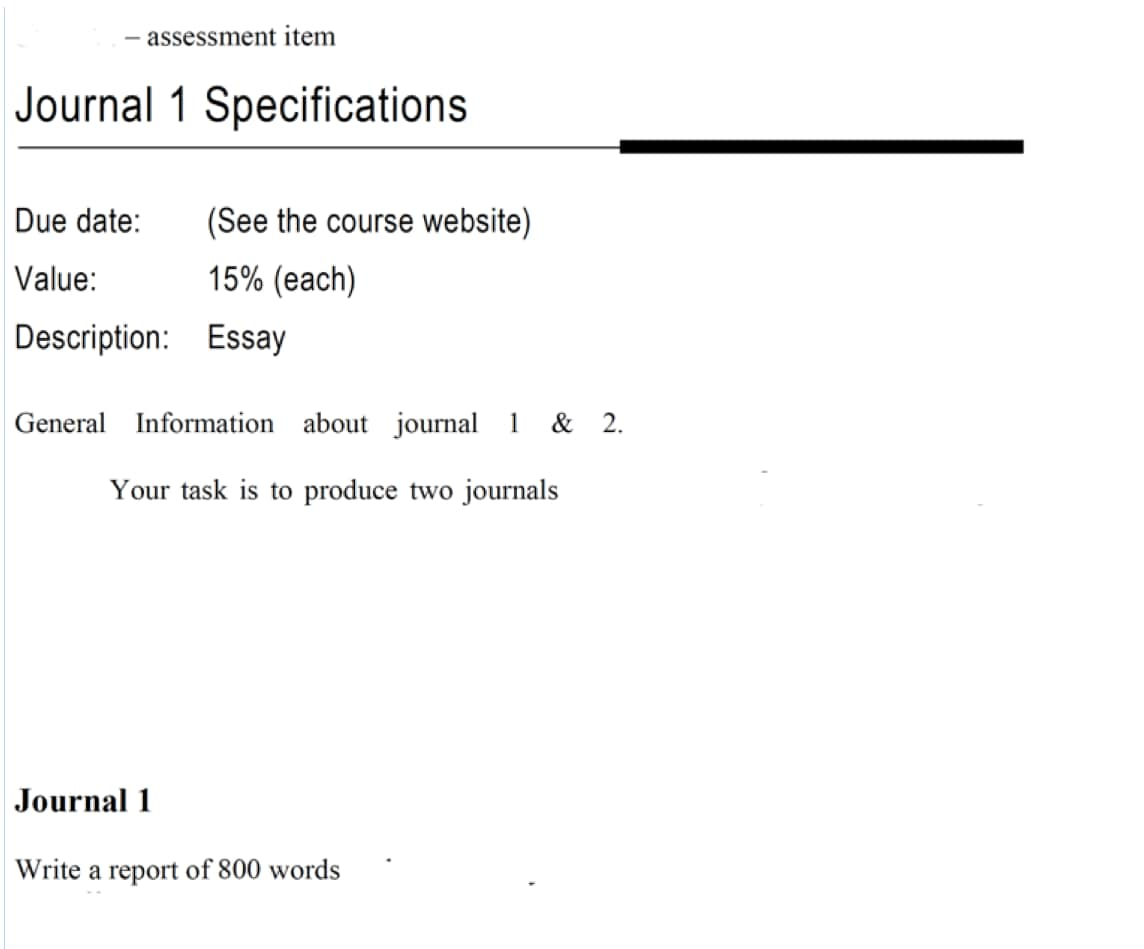After 17 years as an educational designer I became an online student. Here is what I learnt.
I first started working as an educational designer in 2000 when I developed learning materials for an online academic English program. Since then I have designed sites, managed strategic elearning projects and been responsible for the roll out of the University’s first Massive Open Online Course (MOOC). With all this experience I felt certain that I understood online education and was fully prepared for the online Masters that I had enrolled in. I tried to approach the experience as a “naïve” learner without bringing in what I thought I knew about studying online. As it turns out being on the other side of online learning was challenging. Here are a few things which tripped me up as a student which I think should be taken into consideration when planning an online or blended course.
Seven Tips For Better Online Learning
1. Setting expectations
The last course I took was run over November / December / January with assignments due on the 5th & 12th of January. I thought that if the institution was running the course over this period that my lecturer would be fully available to answer assignment questions. This was not the case.
- Tip: Manage expectations by letting your students know your availability and how often you are likely to check the discussion forums.
2. Alignment and consistency
The course provided a weekly lecture and a study guide which we were supposed to work through. It consisted of readings and questions to help us with our assessment tasks but I found there was a disconnect between study notes and lecture content. Whether this inconsistency was a result of a divide in opinions between the person who designed the unit and the person who taught the unit, or something else is unclear. Whatever the reason, the lack of alignment and inconsistency between resources is confusing for the student.
- Tip: Study time is precious, provide current readings and align lecture content and study guides.
 3. Timing
3. Timing
The structure of the course was out of sync with the assignment requirements. For example, we had to complete the materials in week 9 for an assignment due in week 8. It was challenging to have to read ahead in the course to understand new material and concepts so you can put them in your assignment.
- Tip: Make sure your assignment deadlines are in sync with your course materials and if not, flag this with your students as something they need to jump ahead to.
4. Rubrics
In a peer review component of the course, we were expected to use a grading rubric. Unfortunately the grading rubric was not specific to each assessment. This meant that there were often marking criteria that were irrelevant to what we were being asked to mark or review.
- Tip: Make sure your grading rubrics relate to the question being asked. Don’t use a generic rubric for all assignments.
5. Peer review

In a peer review component consisted of a mark from peers and a mark for giving good feedback. In 2 of my peer review assignments I was failed by my peers and the only feedback I was given was on the colour of my font.
- Tip: Orient your students to giving good peer review feedback, give examples /exemplars if possible. I’d consider assigning more grades to the feedback students give their peers as the process of reviewing other people’s work was a valuable learning experience.
6. Terminology
The image below is an example of the mixture of terms I encountered for a single assignment. The ambiguity of this assessment which was to product ‘two journals’ but was labelled ‘journal 1’ and ‘journal 1 & 2’ was very confusing.
- Tip: Give your assignments clear titles which reflect the task that you want students to complete and submit.


7. Recycling
If you are re-using lectures, check their content aligns with your new course’s schedule. In the course I just completed, assignment help was provided in lectures but because the assignment deadlines were different to the previous course, sometimes the assignment help was in a lecture the week after the assignment was due.
- Tip: Keep assessment videos separate to the main lecture content and make sure they are made available to students in time for assessments.





